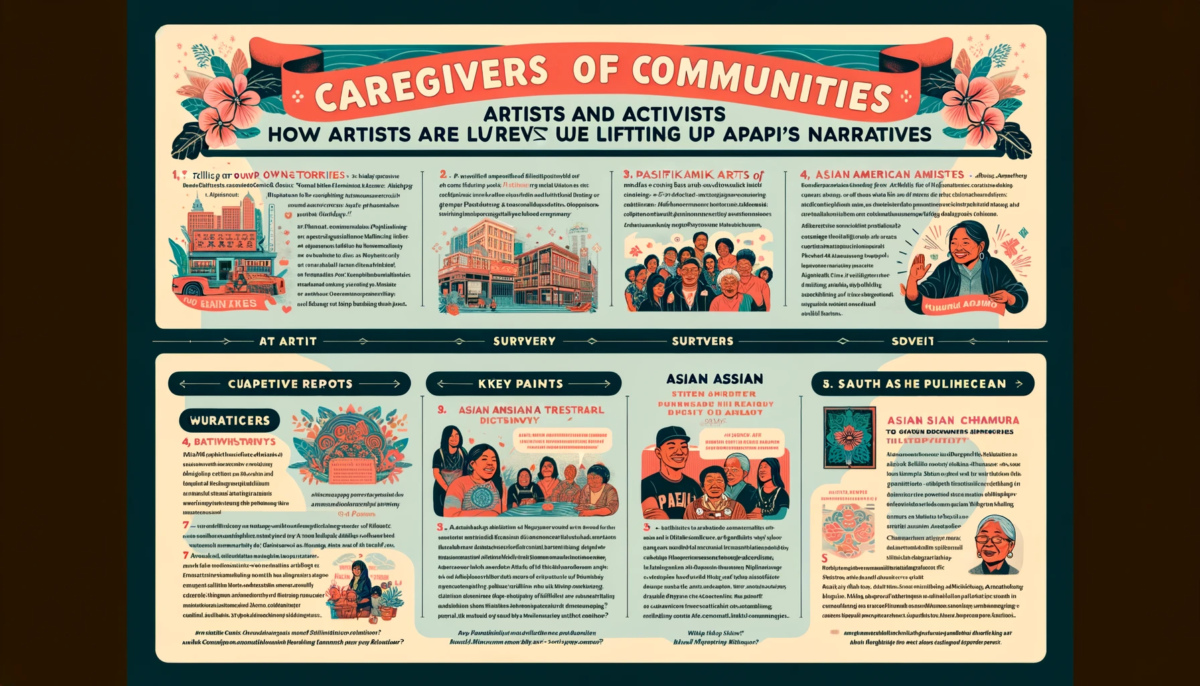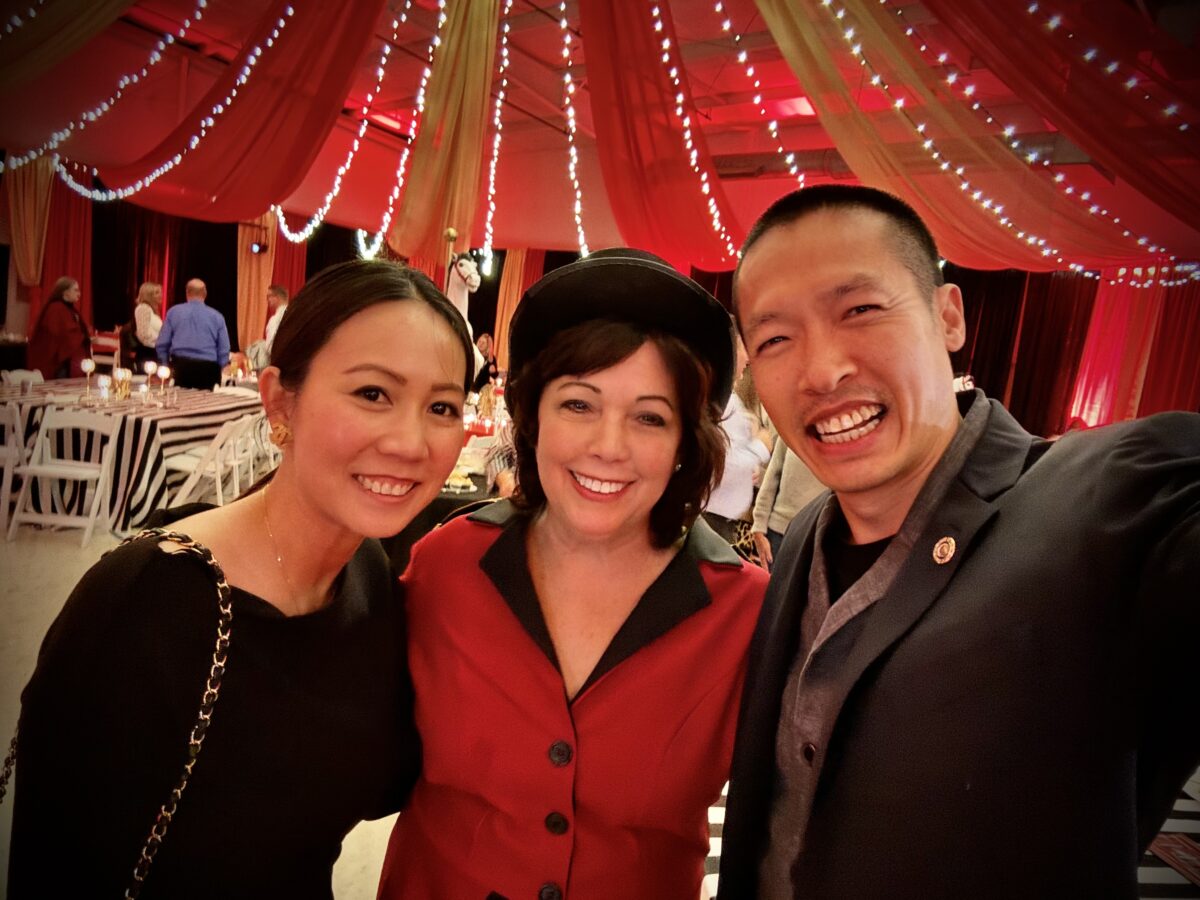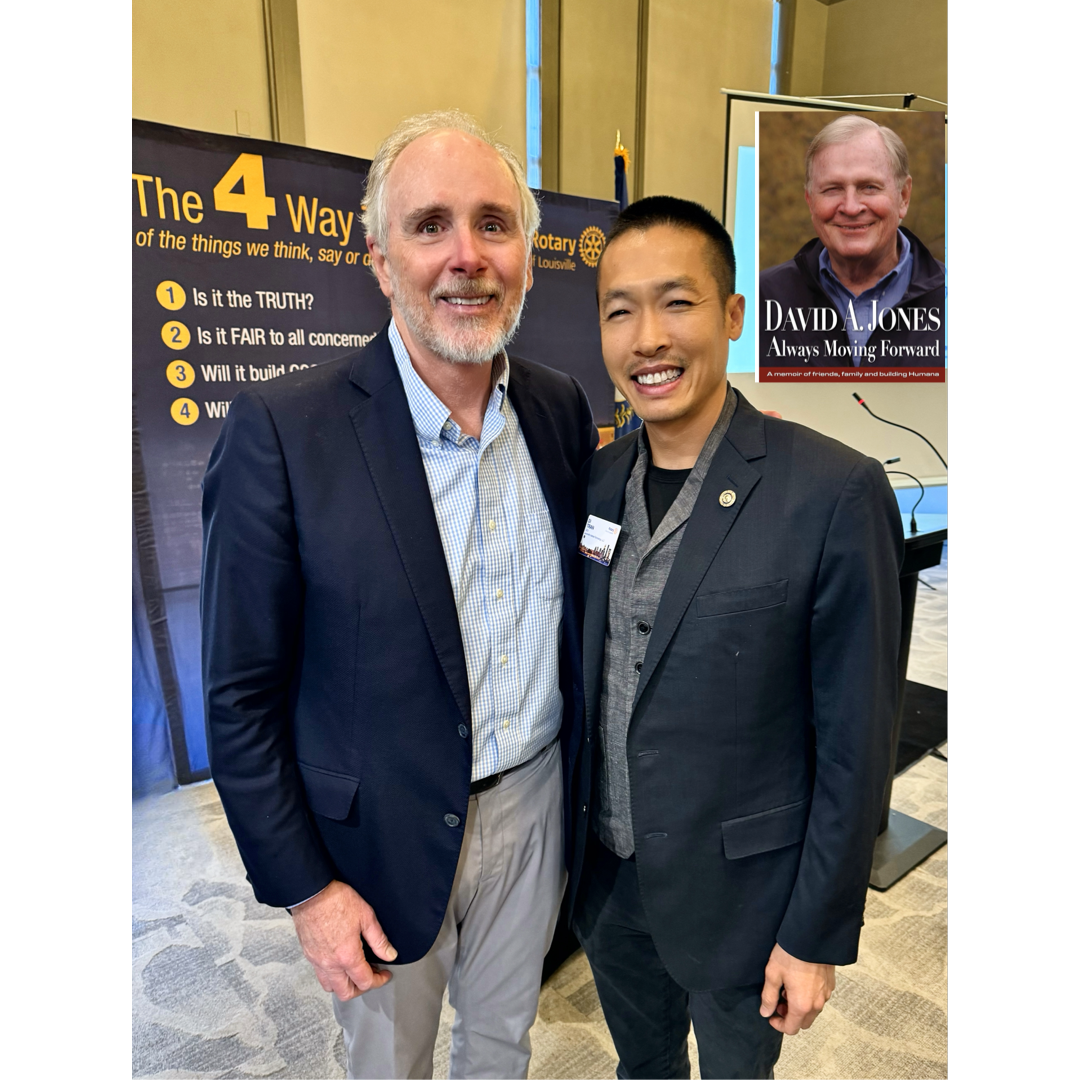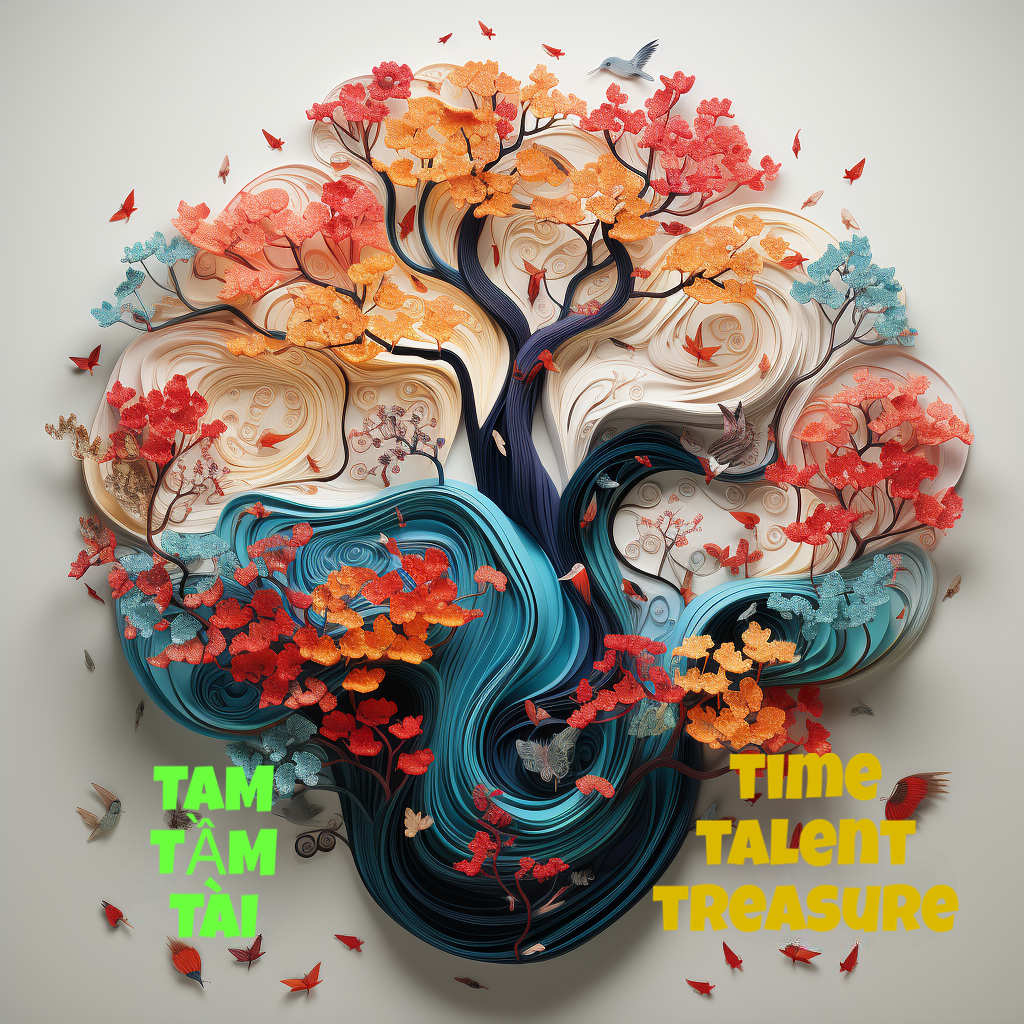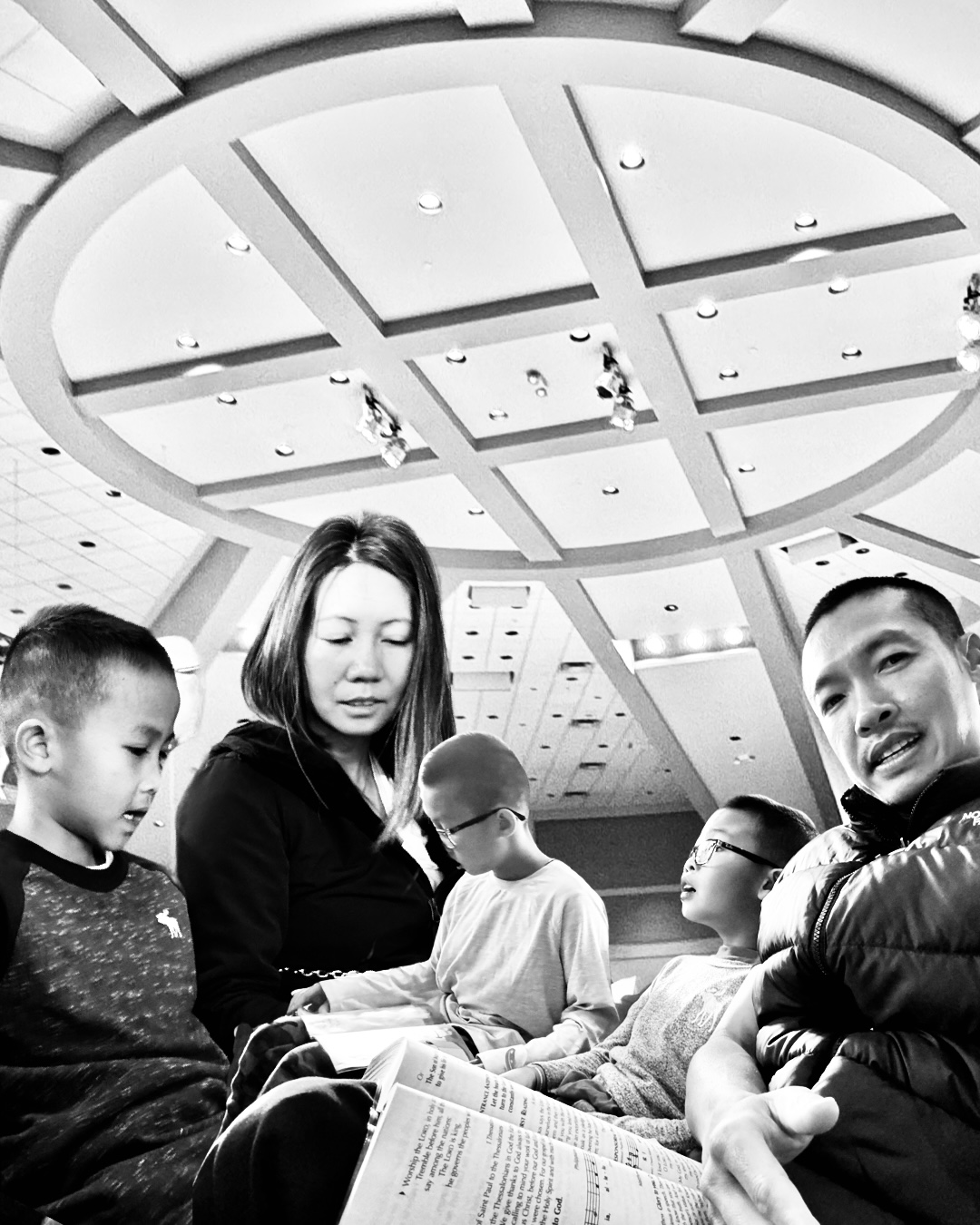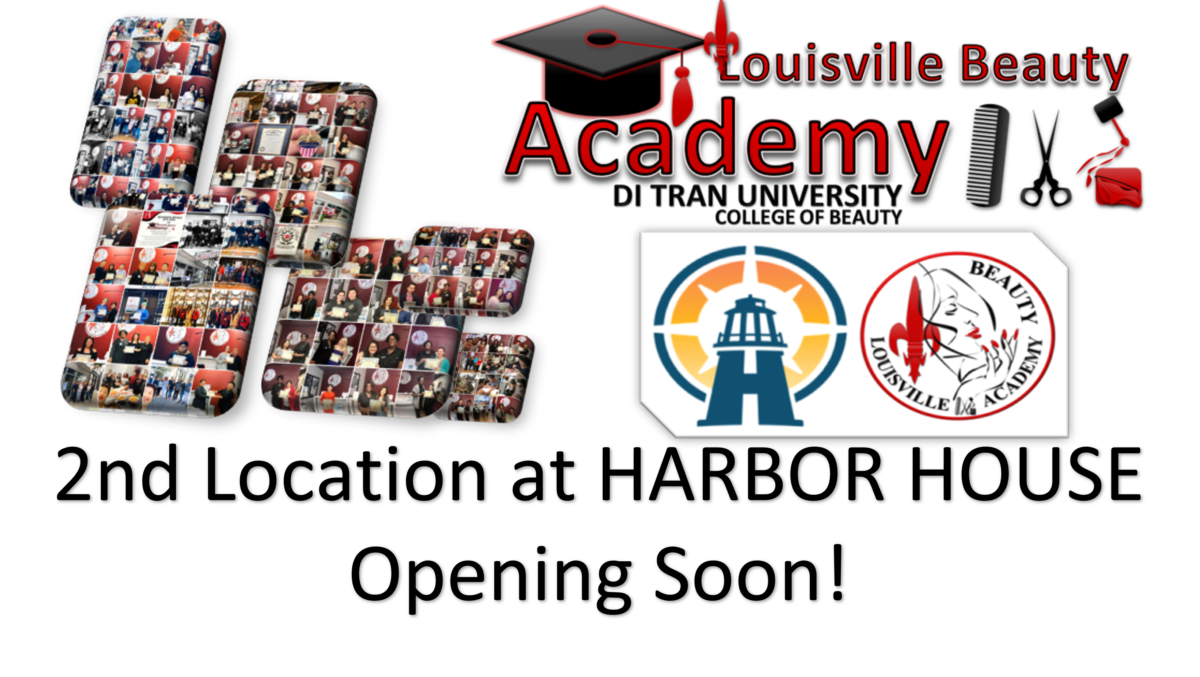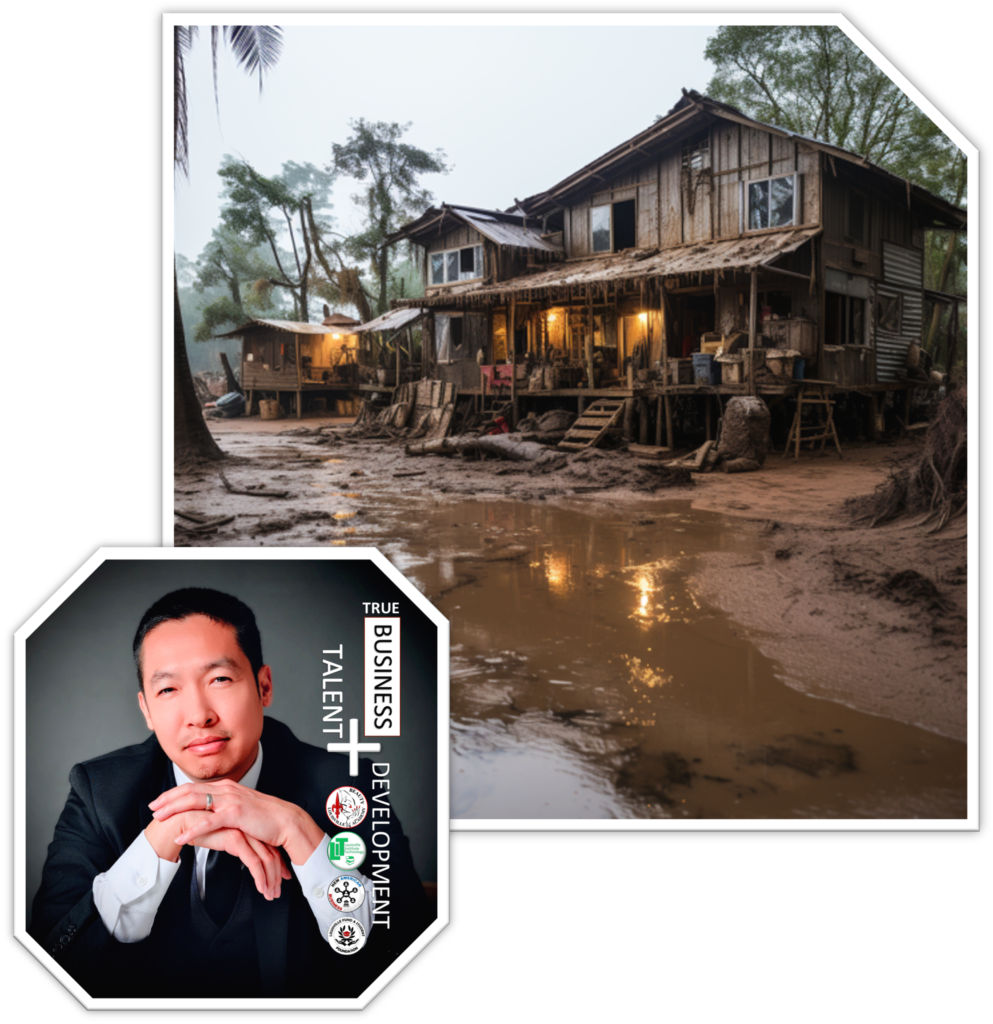In the complex landscape of the U.S. economy, minimum wage laws play a pivotal role in defining the baseline earnings for workers. The federal minimum wage, established under the Fair Labor Standards Act, currently stands at $7.25 per hour, a rate unchanged since July 24, 2009. This federal standard sets the minimum threshold nationwide, but it’s just the beginning of the story.
Each state in the U.S. has the authority to set its own minimum wage rates, and many have chosen to exceed the federal baseline, responding to varying local economic conditions and living costs. This has resulted in a diverse tapestry of minimum wage standards across the country, reflecting the unique economic landscapes of each state.
State-by-State Breakdown of Minimum Wage in 2023:
- Alabama: $7.25 (Federal, no state minimum)
- Alaska: $10.85
- Arizona: $13.85
- Arkansas: $11.00
- California: $15.50
- Colorado: $13.65
- Connecticut: $14.00, increasing to $15.00 on June 1, 2023
- Delaware: $11.75
- Florida: $11.00, increasing to $12.00 on Sept 30, 2023
- Georgia: $7.25 (Federal, as state minimum is $5.15)
- Hawaii: $12.00
- Idaho: $7.25
- Illinois: $13.00
- Indiana: $7.25
- Iowa: $7.25
- Kansas: $7.25
- Kentucky: $7.25
- Louisiana: $7.25 (Federal, no state minimum)
- Maine: $13.80
- Maryland: $13.25
- Massachusetts: $15.00
- Michigan: $10.10
- Minnesota: $10.59 (large employers) / $8.63 (small employers)
- Mississippi: $7.25 (Federal, no state minimum)
- Missouri: $12.00
- Montana: $9.95
- Nebraska: $10.50
- Nevada: $10.50 ($9.50 if health insurance is provided)
- New Hampshire: $7.25
- New Jersey: $14.13
- New Mexico: $12.00
- New York: $14.20
- North Carolina: $7.25
- North Dakota: $7.25
- Ohio: $10.10 ($7.25 for smaller employers)
- Oklahoma: $7.25
- Oregon: $13.50, increasing to $14.20 on July 1, 2023
- Pennsylvania: $7.25
- Rhode Island: $13.00
- South Carolina: $7.25 (Federal, no state minimum)
- South Dakota: $10.80
- Tennessee: $7.25 (Federal, no state minimum)
- Texas: $7.25
- Utah: $7.25
- Vermont: $13.18
- Virginia: $12.00
- Washington: $15.74
- West Virginia: $8.75
- Wisconsin: $7.25
- Wyoming: $7.25 (Federal, as state minimum is $5.15)
- Washington, D.C.: $16.50, increasing to $17.00 on July 1, 2023
This state-specific approach to minimum wage allows for a more tailored response to the cost of living and economic conditions within each state. However, it also introduces a level of complexity for businesses operating across state lines and for workers understanding their rights and entitlements.
As the debate around living wage versus minimum wage continues, these figures are more than mere numbers; they represent a fundamental aspect of the economic and social fabric of the United States. The interplay between federal and state standards on minimum wage is a dynamic and evolving issue, reflecting ongoing discussions about fair compensation, living standards, and economic policy.


